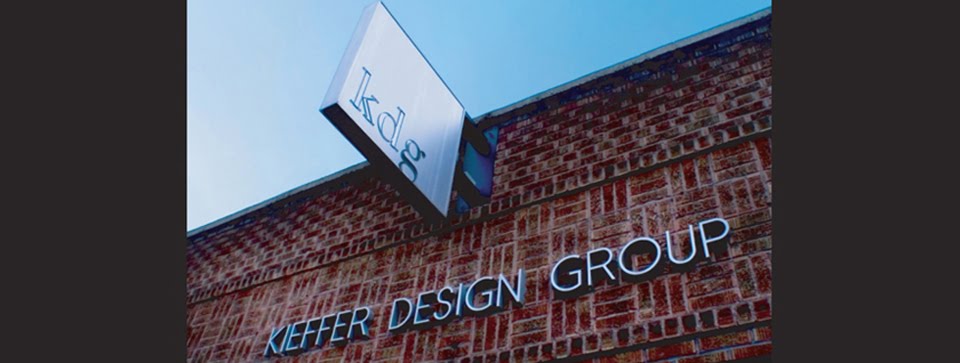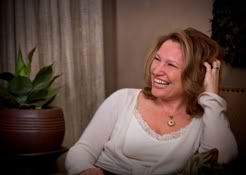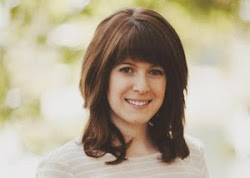Judi joined the Idaho Conservation League and offered to create arrangements for their Event on the River that was held on September 11th, 2010. Below, Judi shares her process and how to make one of your own! They turned out gorgeous!
I was inspired to work with as many natural ‘found objects’ as I could to create sustainable arrangements that could be taken home by attendees and that could be enjoyed for an extended period of time. So on my trips up to the mountains this late summer, I collected boxes of old tree limbs, stumps, and rocks. And the more gnarly and mossy they were the more character they would lend to the end result. Each creation is unique and lends a different feeling and style all its own, as it is in nature. You are not going to find any element that is the same, just like people--we are, after all, beautiful creations in ourselves and each of us offer very unique and powerful energy.
How to Create Your Own Organic Succulent Arrangement
1. Start by collecting a wide variety of gnarly wood, limbs, branches rocks, etc. Look for those with moss or unique elements that can add interest and uniqueness. Varying lengths and widths, thicknesses come in handy.
2. Lay them out on a collection table to sift through and pick from--a little helper is always nice!


3. Decide where you want to display this so that you can select the right sizes and how long or large you want it to be. Start by taking a few different types of branches, shapes, some mossy some not. It is best to have the largest one on the base and add other pieces to it. You will find that they naturally start working together, some curve of one holds the curve of another and begins to take a shape all its own. The important thing to remember is not to over analyze! It’s a puzzle but let it evolve- no over-thinking this allowed!
4. Also – look to create areas that naturally create ‘space’ or crevices for dirt to be filled to hold your succulents or herbs. Hot glue your pieces of wood together in numerous locations and make sure its sturdy and secure. Sometimes a little rustic wire is a nice element to do this and adds to the design as well. Below I am holding a little piece of wood to create more of a crevice.
5. In the first photo below I have put some pieces together and you can see some areas with dirt added into the crevices. You might even get lucky to find a piece of wood that has a hole in it already like this what's shown in the second photo below. Fill them up with dirt also. It doesn’t take much dirt or space for the succulents to grow, but give it as much as possible to expand.


Below shows most of the spaces with dirt ready for plants.

6. Take the succulent plants apart and put together a combination of colored plants, shapes, and sizes to give most interest. Put them into the dirt with the roots imbedded as deep as possible and pack the dirt around the plant. Sometimes your dirt will be all over the wood..just blow it away – but don’t worry about it yet. It will naturally dry and can be cleaned up pretty nicely.
The photo below shows the arrangement filled with plants and dirt.

7. If there are areas where you hot glued the wood together, and it is showing, just take some moss and hot glue that over it to hide the spot making it look very natural looking.
8. Take a water spray bottle and spritz the plants and get the dirt /potting soil wet. Press the base of the plant into the soil as compact as you can…add more soil into the area to make sure root system is secured. Again, moss is a very helpful agent- hot glue some moss on to the wood to hole the dirt in place if needed.
9. You may choose to add more rustic elements like little rocks, spiky twigs with or without leaves, and rustic wire is also helpful to hold the piece together better if needed.
Here is a photo gallery of some of the 12 pieces I made for the ICL event! Enjoy!
I used a combination of various succulents—Aeonium echeveria, Stonecrop, Trailing Ice, and Chicks and Hens.
Add gnarly pieces of wood and different mosses for contrast. 
I really liked the use of the spiky twigs and dead limb branches to give more character and abstract nature to this piece. 
Sometimes you can find one whole piece of wood and add to it. 
And many times less is more and you can create a flower vase out of one piece of wood too! Here I just drilled out holes in the log, about ½” thick, and 1” or so deep. Dropped a little hot glue in the base of each hole to hold water. Then added moss around the hole to secure a flower stem. You can use this for any kind of flower and change it out. This is truly rustic elegance with orchids! 
You can also find rocks with holes in them already that can hold water on their own and make your own natural vase.
And one last fun little design that I just had to create. The RIGHT way to build this Cairn is to actually get them to stand up on their own through a thoughtful meditative process ..but since they had to get transported, I built it, and then just hot glued them together. But try to hide the glue so it doesn’t show! Tricky! The inscription says, “Show your Cairn for the environment”…ICL Event on the River 2010 (ha ha..pretty cute huh!?).










